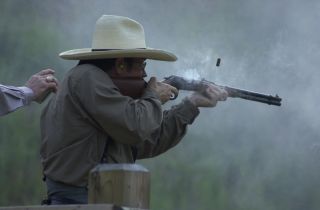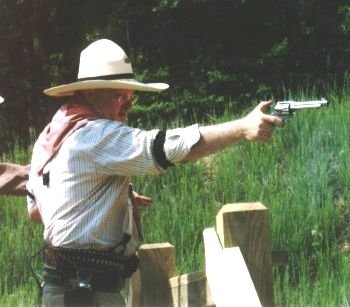
Pictures courtesy of Marauder
Site Created September 2001 by Brian Rye
E-mail Webmaster

|
|
|
Graphics courtesy of Barbed Wire Museum
Pictures courtesy of Marauder Site Created September 2001 by Brian Rye E-mail Webmaster |
 When Pioneers came to settle on the Great Plains, wood was on short supply. They needed an inexpensive, durable fencing material to protect crops and livestock. Smooth wire was not an effective restraint for livestock and predators. This lead Settlers to look for other means of restraint.
When Pioneers came to settle on the Great Plains, wood was on short supply. They needed an inexpensive, durable fencing material to protect crops and livestock. Smooth wire was not an effective restraint for livestock and predators. This lead Settlers to look for other means of restraint.


Trail drivers were concerned that this wire would impede their herds from getting to the railroads in Kansas. They believed it would be the end of their livelihood. They decided to cut fences that blocked their cattle drive, leading to the Fence Cutter Wars.

The Fence Cutter Wars lead to many deaths and unknown financial losses. Several laws were passed to aid in ending the controversy. These laws made fence cutting a felony, which quickly reduced the problems.
Eventually, barbed wire became a part of the landscape of the Great Plains and the American West, then spreading world wide. Barbed wire is still used today on farms and ranches.